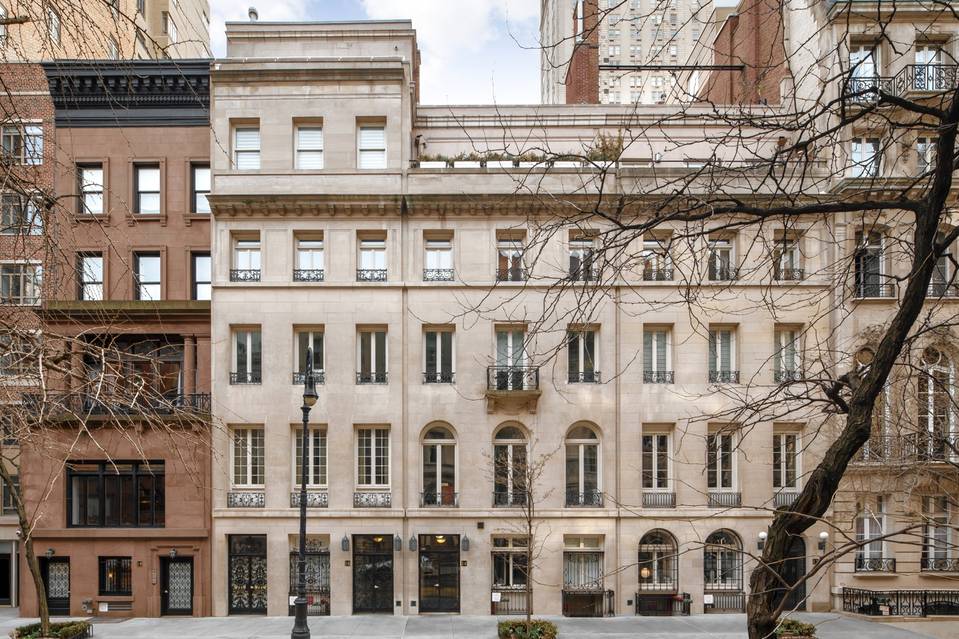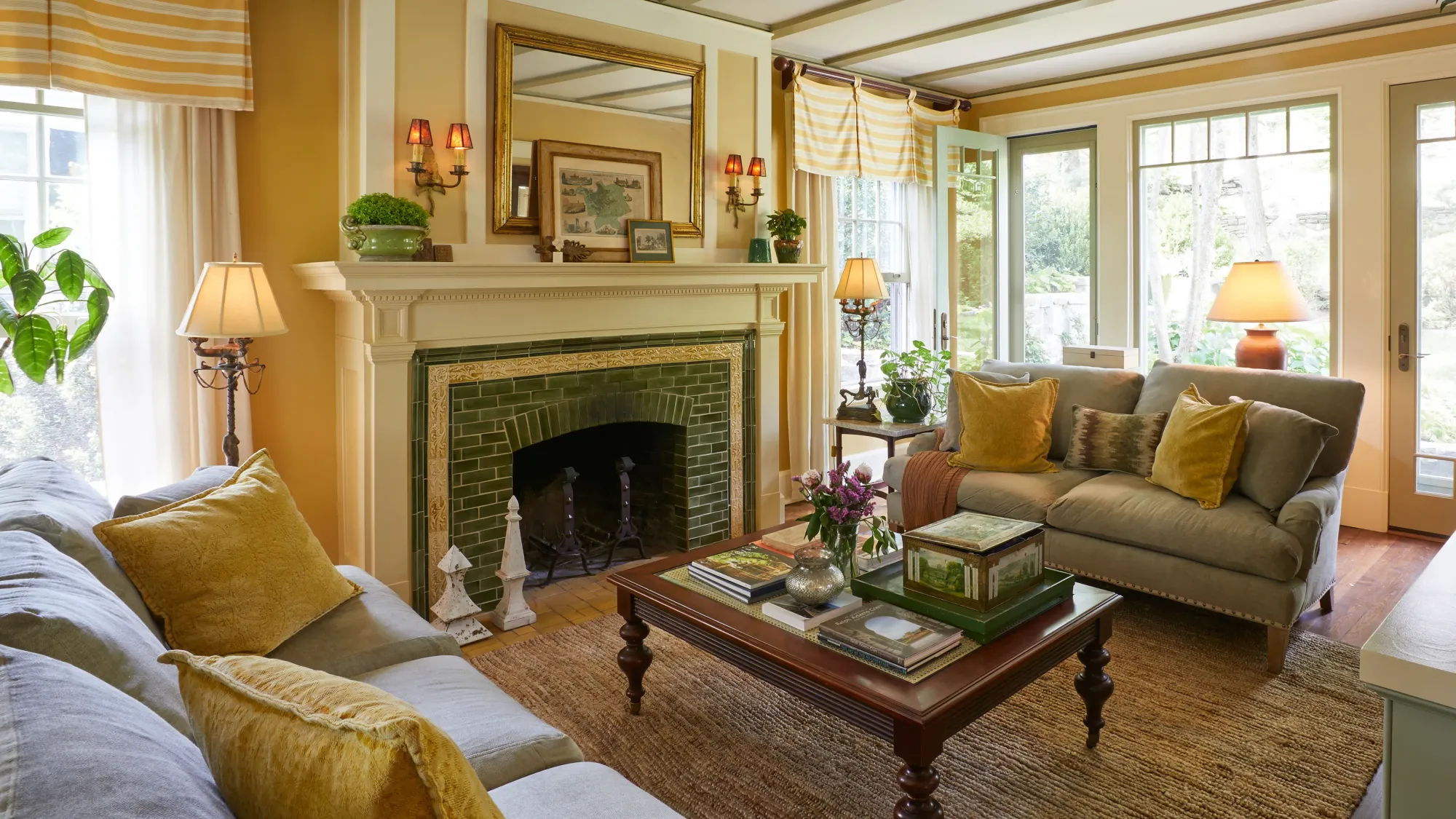Architecture Beyond the Cosmetics.
There are things that only a trained eye can see. There's a lot beneath what just meets the eye.

An architect was looking to buy a house in New York that felt like home instantly. Having a love-hate relationship with modern architecture made him more inclined toward classical architecture.
But not the kind that makes you feel like you're in an old place with a lot of stuff, but the kind of house that was period appropriate and simultaneously timeless.
Lucky for him, he was able to find one in the concrete jungle.
It was a lovely house, full of potential, but it needed a lot of work. Now, most people in this situation just want something ready to go. They don't like the hassle of making things beautiful; they'd prefer something that's already done, readymade. But this approach sometimes makes them miss the true charm and potential of a space.

Anyhow, in many ways the house seemed like a disaster. But that's where an architect with a good eye enters and sees what most people miss.
He bought the house not because it was perfect, but because he was able to see beyond the imperfections. As an architect he was able to see past the cosmetic things— the superficial aesthetics of the house—and consider its deeper meaning, purpose, and how it would affect the people living in there and the area around it.
This skill isn't something you pick up overnight; it takes time and training. But it's worth the effort because it allows architects to appreciate the hidden potential in spaces. It's not just about fixing what's broken; it's about identifying what a place really offers and playing with its strengths.

You know the reason why this house felt like a home instantly?
It was because of its incompleteness. The architect had enough surface area to repurpose the space as per his interests, inclinations, and creativity. He was able to take this new place and make it his own. As for someone else, they would probably break the house down because of the amount of work it was going to take and the inconvenience it was cause. But thanks to an architect's perspective, a house from another period got a home in this era, too.
It's amazing how the house that once belonged to someone else and later left empty was now a reflection of this architect through and through.
Lastly, having this skill doesn't just make an architect better at their job—it also helps them be more open-minded in everyday life. Seeing beyond imperfections in buildings teaches them to appreciate uniqueness, not just in architecture but in everything. So, it's not just about making houses better; it's about making life richer and more interesting.
New York is a city of hope, and its architecture is an expression of that hope. —I.M. Pei
